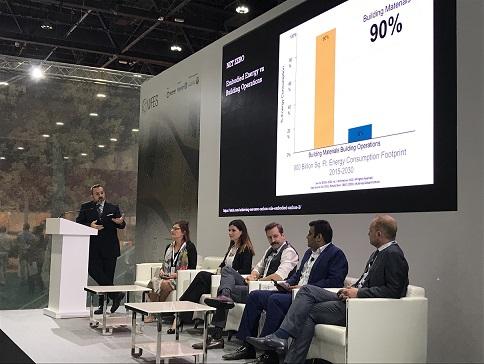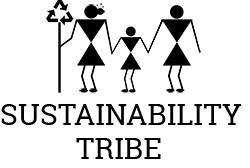During Green Buildings Forum at World Future Energy Summit 2019 part Abu Dhabi Sustainability Week, last week the discussions and dialogue revolved around net zero energy and retrofitting.
Around 10 years back, region-specific Green Building Rating Systems like Estidama was taking shape. Slowly, the push towards sustainable development got stronger when local authorities in Abu Dhabi and Dubai made green building regulations. Since then every new building in Abu Dhabi and Dubai needs sustainability compliance for authority approval. During the forum, Andrea Di Gregorio, director of energy efficiency & renewable office of Ras Al Khaimah, announced that at the end of this month, Ras Al Khaimah is launching their own green building regulations called Barjeel.

Recently a new green building rating system, ASASI, was launched in Dubai by Port, Customs Freezone Corporation (read here more about ASASI).
Therefore, it won’t be wrong if we say, the new construction in these emirates of UAE is a mature market when it comes to Green Buildings. So naturally, the focus is now shifting to more ambitious goals, net-zero energy buildings.
While Emirates Green Building Council’s Saeed al Abbar presented EGBC guidelines for nearly net-zero buildings, the magic number of 90 kWh/m2/year was recommended for a nearly net-zero building in UAE. There is no regulation for net zero or nearly net zero energy consumption even though expertise is available in the local industry.
Country director of BuroHappold Engineering, Jason Singleton told a story of their project, Beeah New Headquarters (the recycling champion from Sharjah). The project is designed by world-renowned Zaha Hadid Architects. Jason told the audience about the transition of sustainability goals on the project, how the original LEED Gold project was upgraded for LEED Platinum and is even looking towards Net Zero energy. A small PV farm under LEED gold is evolving into a much larger PV farm, and will subsequently meet all energy demands for net zero.

While the discussion was around net-zero energy buildings, I was glad to hear the mention of Solar Decathlon competition held in Dubai just recently, where students of universities around the world design and built net zero energy, solar-powered family houses, read here more about Solar Decathlon Middle East.
Also, parallelly discussions were focused on retrofitting existing buildings, as it is an upcoming trend.
Charles Blaschke, MD of Taka solutions, one of the first few ESCOs in UAE, talked about retrofitting existing buildings and presented a case study of Fairmont, The Palm. After retrofitting, increasing the efficiency of the existing building, the resource consumption of this property dropped significantly reducing the hotel’s operation cost. This is the reason why Fairmont The Palm is listed here in Tribe’s Top Eco-friendly hotels in UAE.
EGBC also presented their yearly benchmarking for hotels, malls, and schools for energy and water performance. Read here about past benchmarking of the hotels by EGBC.
Throughout the day, the dialogue went around on who should start first – the government or private sector, when it comes to retrofitting or net zero. Green buildings in the region got a boost when government regulations came in place, should the same be expected for retrofitting? Or should the private sector (owners, developers) take initiatives; now that they know the figures for cost saving & other benefits like improved wellbeing of occupants & marketing because of retrofitting?
Hopefully, at next year’s WFES, we will hear even more positive news on retrofitting and net zero.
To get sustainability industry updates, join our tribe here.

